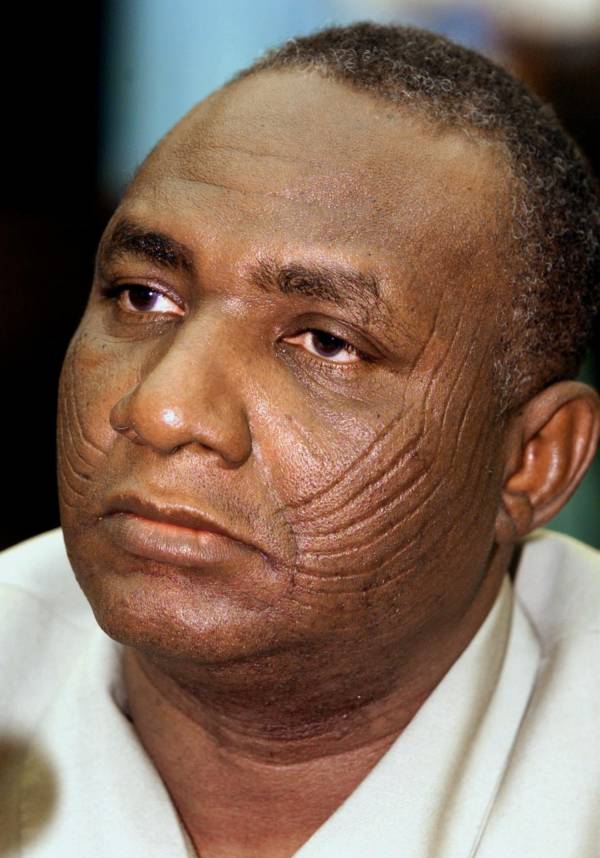Niger

ISSOUF SANOGO/AFP/Getty ImagesA women casts her ballot for the second round of the presidential election at the polling station in Niamey on March 20, 2016.
Liberia followed a strange arc — from democracy to dictatorship, to anarchy, to criminal insanity, and then back to democracy again — but Niger has been through this cycle so many times that military coups are practically part of its unwritten constitution.
Since its independence in 1958, Niger has seen three military juntas and five different constitutions. Apart from a long-term constitutional crisis, landlocked Niger has to grapple with the fact that it’s filled with tribes that never had to live with each other in one country before the French Empire collapsed.

BOUREIMA HAMA/AFP/Getty ImagesNiger junta leader Salou Djibo speaks on March 15, 2011 in his Niamey office.
Worse, more than 80 percent of the country is pure sand, with just a little bit of green down south where everybody lives. The nation is the size of Tibet, and yet somehow has less arable land and fewer decent prospects. Niger ranks dead last, or close to last, on virtually every metric for human development, behind even perennially downtrodden states such as Haiti and Somalia.
Which makes it all the more surprising that Niger’s military has been such a responsible steward of the people’s interests over the years. The country’s first fully independent government was a civilian one-party dictatorship that ran Niger until the sub-Saharan famine of 1974. That food shortage got everybody in the country concerned about government corruption and which ministers were stealing which tribes’ grain allotments.
One coup later, the military assumed power and sent mixed signals by liberating the previous regime’s political prisoners and violently suppressing at least three major coup attempts of its own. A referendum in 1989 established a new civilian government, which descended into a mix of anarchy and tyranny, which prompted another military coup in 1996.

AFP/Getty ImagesColonel Daouda Mallam Wanke in Togo on December 10, 1999.
This time, Col. Ibrahim Baré Maïnassara ruled by decree for just six months before convening a constitutional convention and handing power over to the Fourth Republic (in 36 years), though he carried on as the elected president.
This experiment in democracy lasted somewhat less than the five years its predecessor did. In fact, it only got as far as 1999 before Maïnassara was assassinated in another military coup run by Maj. Daouda Malam Wanké, who quickly stepped aside to let the country have another stab at democracy.
When the president of that civilian government tried to abolish the Constitutional Court and arbitrarily extend his term in office in February 2010, he was overthrown by elements of the military loyal to Captain Salou Djibo (note the descending ranks of the chief plotters. Niger’s next coup may be led by a lieutenant). That coup has since resolved into yet another constitution and the dawn of the Seventh Republic.
Next, read how the U.S. dismantled democracies around the world with these CIA programs. Then, read up on five brutal dictatorships that the U.S. helped slaughter hundreds of thousands.





